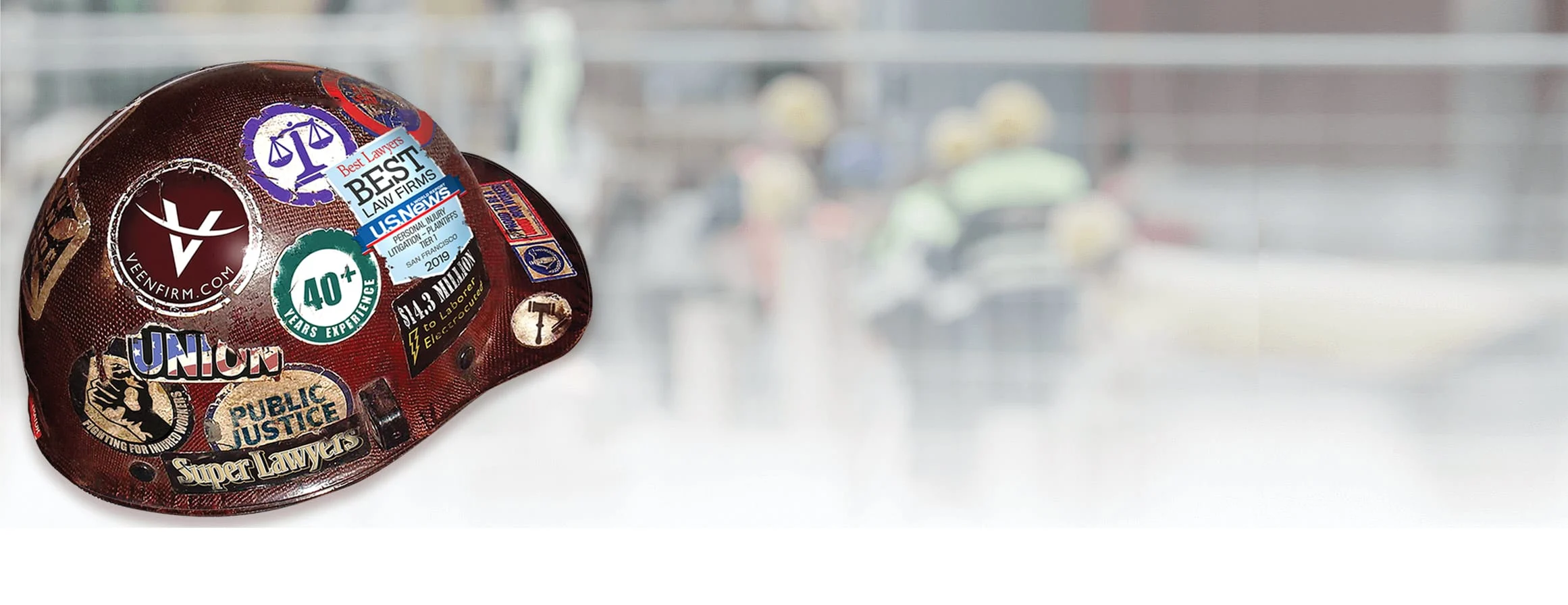Free Consultation
888-504-0157
Plaintiff, Lynda, employed by Intervenor, sustained injuries in a fall November 4, 2006. Plaintiff was in the course and scope of her employment with Intervenor when injured. Intervenor leased Doe Defendant’s premises to hold a Model UN, a scholastic competition. Intervenor had used the facility annually dating to 2000. The Model UN was a two-day event held inside an auditorium. At the end of the second day, plaintiff took pictures of individual award winners at a dais at the right front of the stage. Later, plaintiff moved toward the center of the auditorium to take photos of groups of winners at the center of the stage. Plaintiff fell as she backed up the center aisle. Plaintiff fell on her coccyx, side and then struck her head on the armchair of a seat adjacent to the center aisle.
Plaintiff contended Doe Defendant had to make the Auditorium safe for all foreseeable users and in compliance with the code and accepted auditorium design standards. Doe Defendant knew or should have known persons would move within the auditorium and center aisle in a manner where the change from sloped ramps to steps would not be appreciated or perceived such that it would pose a tripping hazard. Plaintiff established that Doe Defendant created the “center aisle” by removing two chairs from each aisle. The Code requires permits for such revisions. Plaintiff contended that the center aisle created a “human factors trap.” Visitors entering the Auditorium could all observe at least one ramped side aisle. People assume continuity in their environment. Plaintiff contended the Code is premised upon this assumption in many regards requiring uniformity within an environment. The center aisle was not visible as one walked up and down the side aisles because it was obscured by chairs. There were no warnings regarding the presence of steps in the center aisle. Notably, the original design and subsequent modification reinforced plaintiff’s belief she was backing up a ramped aisle before tripping over the first “step.” Because the Auditorium was designed for continental seating, the flooring had a slight upward slope that began a couple of rows deep. This design optimized viewing for the audience but further created a trap for people backing up in center aisle as upward slope would reinforce assumption re: presence of ramp.
Plaintiff contended conspicuity striping is required at the first and last step of each stair. The Code requires uniformity in riser and landing heights and length. This requirement stems from a person’s propensity to assume continuity in stairwell and adjusting stride accordingly. In addition, the series of previous “landings” failed to conform to authorized Code variances in height and length. Plaintiff contended her employer bore responsibility and was therefore entitled to little if any reimbursement for Worker’s Compensation benefits.
Intervenor provided plaintiff no training nor warnings regarding work as a photographer. Plaintiff contended the Auditorium constituted a work place for both Doe Defendant and Intervenor. Employer failed to perform required inspection of the work place for workplace hazards as required by the Labor Code. Plaintiff contended her severe injuries and chronic pain syndrome precluded return to the workforce.
Doe Defendant contended plaintiff and her employer were entirely responsible for this incident. Doe Defendant contended the “center aisle” and its steps were open and obvious and therefore there was no duty to warn. Doe Defendant contended plaintiff took two to three steps backwards without looking. Further, Doe Defendant contended plaintiff’s employer provided her no training as a photographer and bore responsibility as a consequence, including the failure to do an inspection which would have revealed any hazard if the steps in fact posed a hazard. Defendant contended plaintiff did remarkably well post-lumbar spine surgery; she could undergo a functional restoration program and return to work at numerous positions earning a higher wage than pre-incident.
Intervenor contended plaintiff and Doe Defendant were entirely responsible for incident. Intervenor claimed the Auditorium was not a work place and therefore it had no duty to inspect nor warn plaintiff.
Lumbar spine: L4-5 paracentral left disk protrusion; L5-S1 lumbar disk herniation with extrusion; Thoracic Spine: 4 mm right paracentral disc protrusion at T7-8; Cervical Spine: Central disc protrusion C 4-5; Left shoulder labral tear.
Chronic pain syndrome with secondary depression, sleep disturbance, deconditioning, and reduced pain threshold. Plaintiff underwent lumbar spine surgery with artificial disk at L5-S1 and fusion at L4-5 due to scoliosis. Plaintiff underwent serial radio-frequency ablations of her cervical and lumbar spine. Plaintiff also underwent surgical repair of left shoulder labral tear. Plaintiff claimed $4,000,000 in future medical expenses consisting of ongoing pain management medications and interventional procedures and revision of lumbar spine surgery.
The case settled for $4,200,000.
